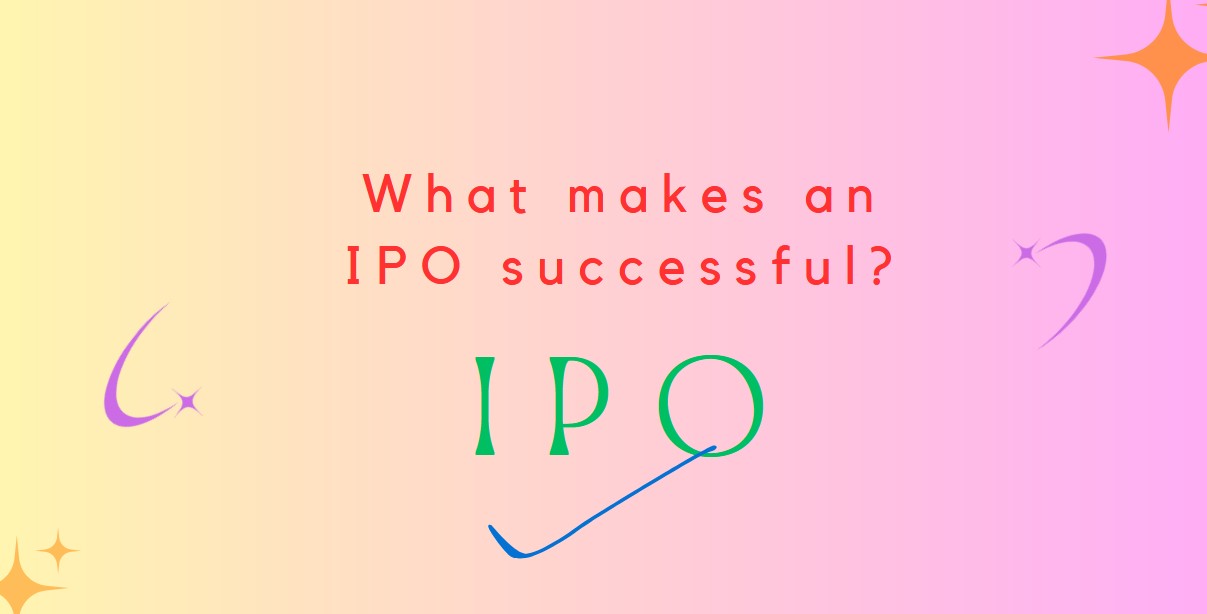An Initial Public Offering (IPO) is when a private company offers shares to the public for the first time. High subscription in an IPO indicates that the demand for shares exceeds the number of shares available, resulting in an oversubscription. This often reflects strong investor interest, but navigating a high subscription IPO requires a well-thought-out strategy. Let’s look at key strategies and historical insights related to high subscription IPOs:

Key Strategies for High Subscription IPOs
- Apply for Multiple Accounts: Retail investors often apply for IPOs through multiple accounts (family members, friends) to increase their chances of allotment. However, ensure that each application complies with the rules set by the market regulator to avoid disqualification.
- Small Lot Size: When the IPO is highly subscribed, applying for a smaller lot size may increase the chances of getting an allotment. This is because IPOs often use a lottery system, and larger applications are not necessarily given preference.
- Consider the Grey Market Premium (GMP): Monitoring the Grey Market Premium can provide insights into the demand and potential listing gains. If the GMP is high, it indicates strong demand, but you should be cautious of overvaluation.
- Look at Institutional Investor Interest: Institutional investor subscription (QIB and HNI categories) provides a clue about the stock’s future performance. If these categories are highly subscribed, it suggests strong backing from big investors.
- Leverage for Listing Gains: Many retail investors aim to capitalize on listing gains (the profit from selling shares immediately after the stock lists). High subscription IPOs can result in significant listing gains, but also bring risks if the stock is overvalued.
- Fundamentals over Hype: It is essential to analyze the company’s fundamentals (revenue, profitability, sector growth) rather than getting swayed by the oversubscription figures. This helps in making long-term investment decisions rather than just seeking short-term gains.
- Study the Offer Document: The IPO prospectus contains critical information on the company’s financial health, risks, and plans. Analyzing this before making an investment decision is crucial in highly subscribed IPOs to avoid overpaying.
Historical Context: LIC & Similar IPOs
- LIC IPO (2022):
LIC’s IPO was one of the largest in Indian history, raising approximately ₹21,000 crore. The IPO was oversubscribed due to LIC’s significant brand value, large retail base, and favorable pricing strategy. Policyholders and retail investors were given discounts, which boosted participation. It demonstrated how government-backed companies with strong fundamentals and attractive pricing could appeal to a wide range of investors. - Hyundai’s Potential IPO:
Although Hyundai has not yet gone public, its potential IPO would likely follow a similar strategy. As a well-established automaker, Hyundai would benefit from strong institutional and retail interest. If the company chooses to go public, factors like the pricing of shares, market conditions, and the strength of its global operations would determine the IPO’s success.
- Reliance Power IPO (2008): One of the most famous oversubscribed IPOs in India, it was subscribed by over 70 times. Despite the huge demand, the stock crashed after listing, highlighting the risks of investing purely based on hype.
- Coal India IPO (2010): This IPO was oversubscribed 15 times and saw strong interest from institutional investors. It had a good listing debut, reflecting how subscription by strong institutional backing can lead to listing gains.
- Zomato IPO (2021): Zomato was oversubscribed by more than 38 times, signaling massive investor demand. The IPO benefitted from the company’s position in the high-growth food delivery sector and marked a shift in Indian markets toward tech-based companies.
- Paytm IPO (2021): While heavily subscribed, Paytm’s IPO eventually underperformed post-listing. It became an example of how high subscription doesn’t always correlate with positive long-term performance if the company is overvalued.
Risks Associated with High Subscription IPOs
- Overvaluation: A high subscription can sometimes inflate valuations beyond the company’s true potential. In such cases, the stock may perform poorly after the initial excitement dies down.
- Allocation Lottery: In the case of very high oversubscription, especially in retail segments, the allocation of shares is often through a lottery system. This can reduce the chances of getting allotment even if you apply.
- Market Sentiment Shifts: IPOs that launch during bullish phases might enjoy oversubscription, but if market sentiment shifts before listing, prices can drop significantly.
Conclusion
A high subscription IPO reflects positive investor sentiment, but it doesn’t guarantee success. An effective strategy involves balancing short-term listing gains with long-term fundamental analysis. Understanding the company’s prospects, the broader market environment, and leveraging data like the GMP can help mitigate risks.

